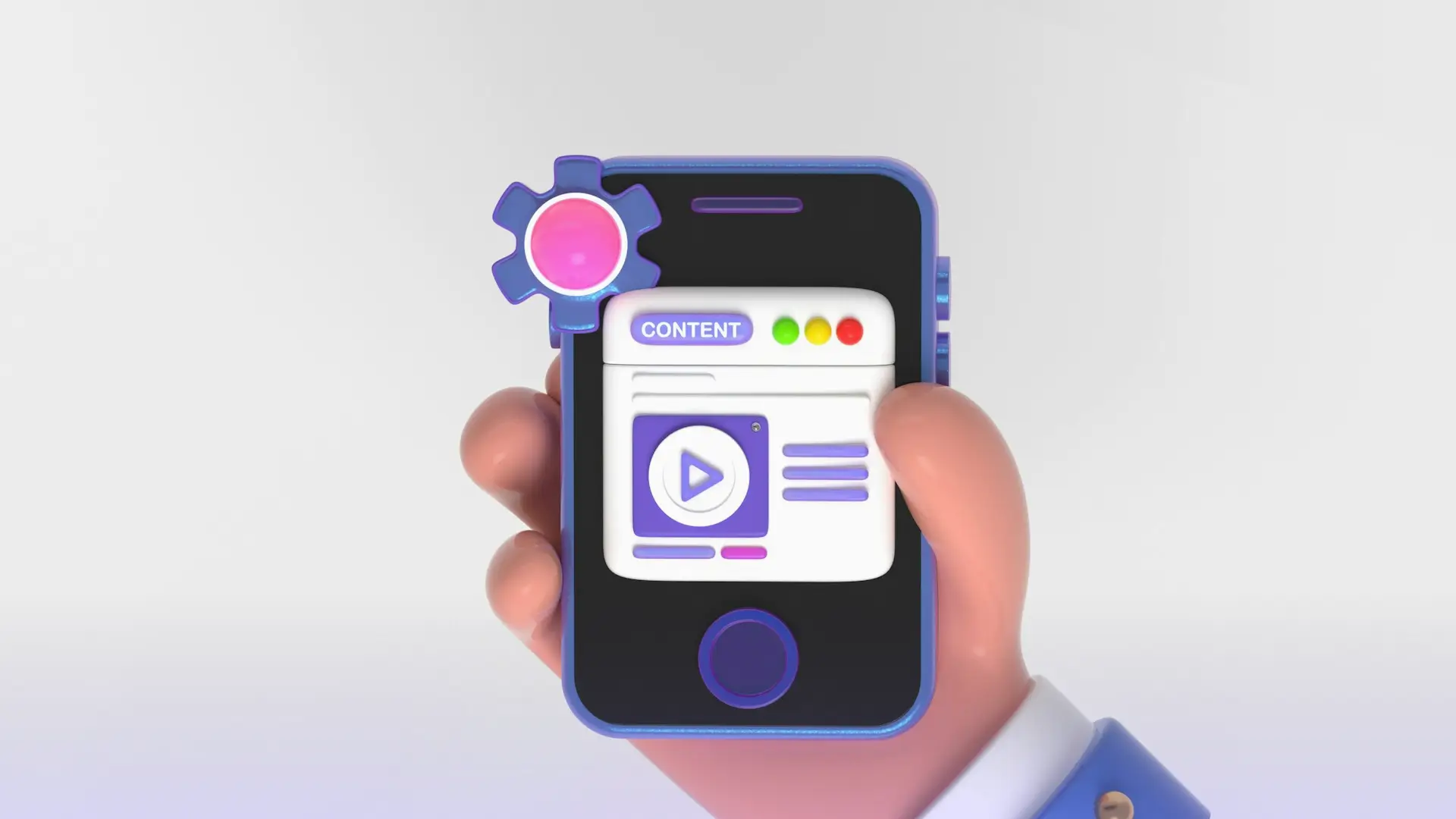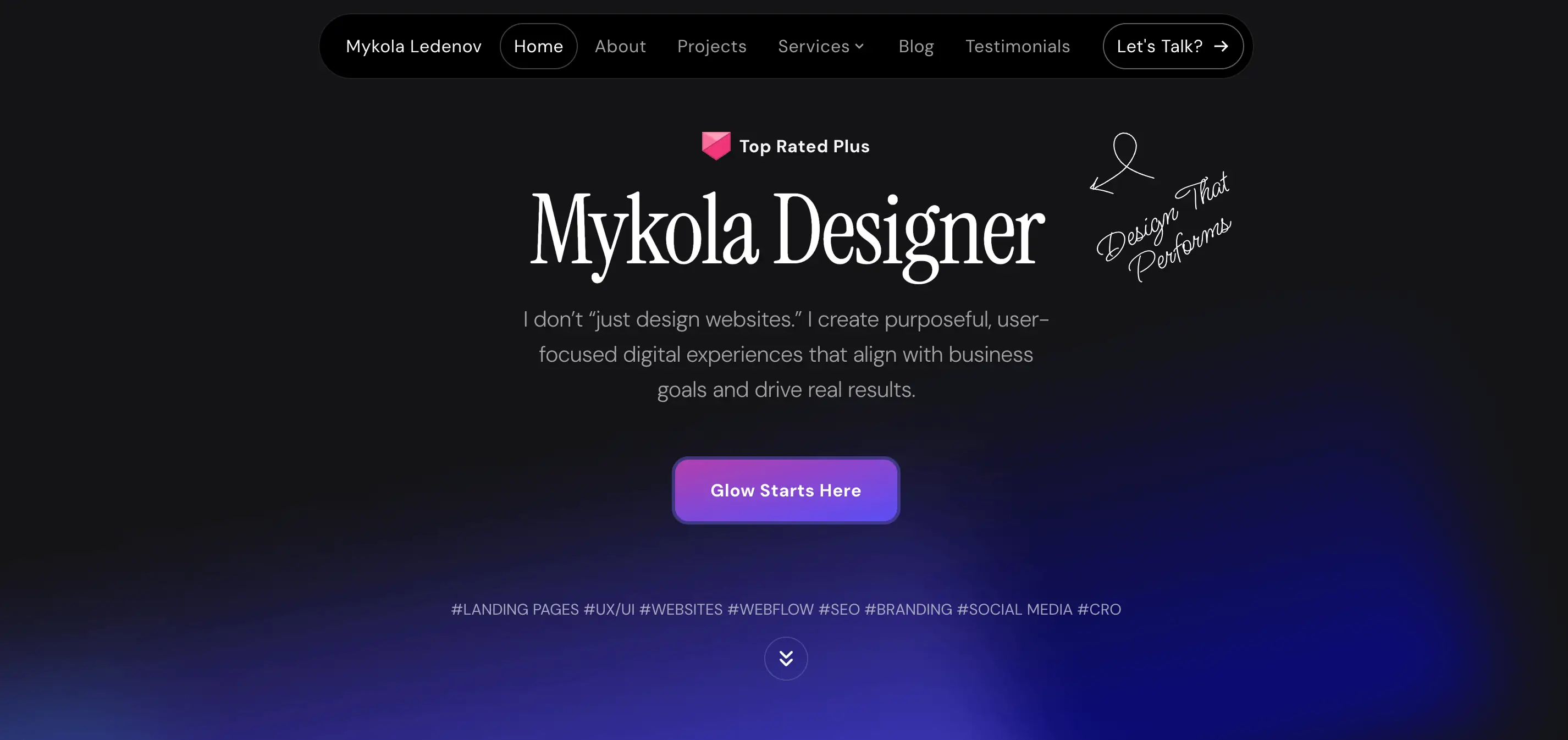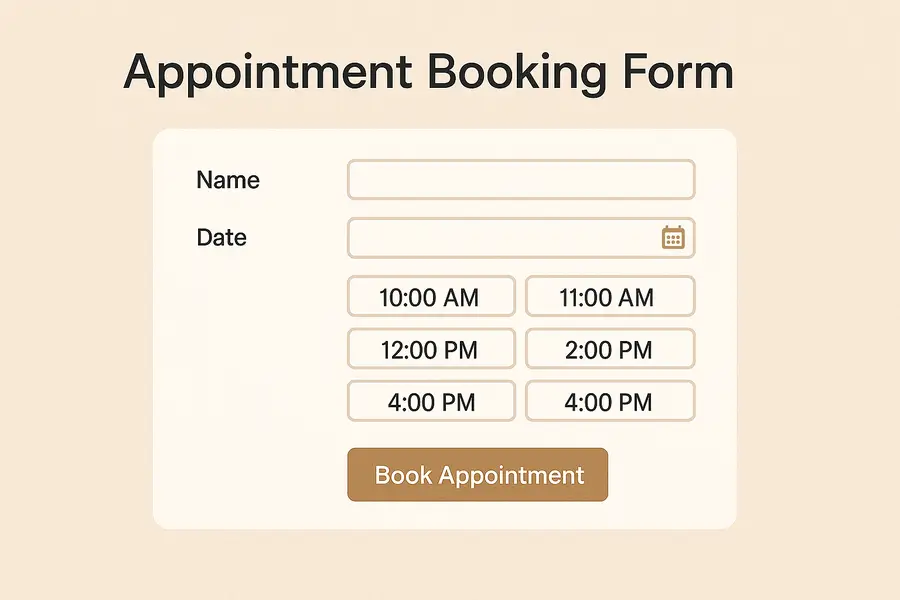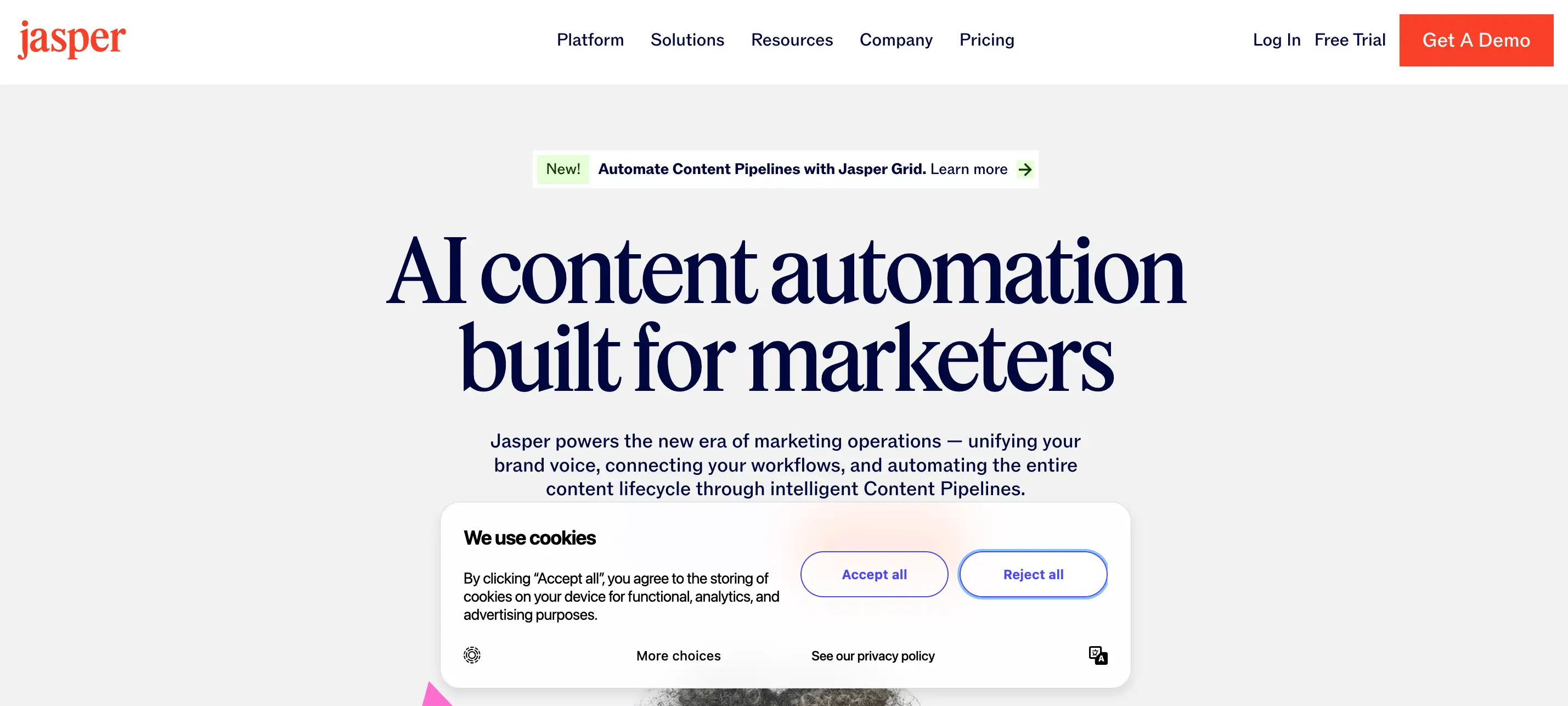Top 7 UX Design Principles Every Designer Should Know
UX Design
Aug 14, 2025
0 min
Whether you’re building a website, app, or digital product, understanding UX fundamentals is key to creating an intuitive and effective experience.
In this beginner’s guide, I’ll walk through the most important UX design principles you need to know. You’ll learn how to think like a user, structure content clearly, and make smart design decisions that lead to better results.
Understanding UX in Digital Design
User Experience, or UX, refers to how people interact with a product or service, especially digital ones like websites or apps. It’s about more than just visuals. Good UX considers how intuitive, efficient, and satisfying the experience is for the user.
The principles of UX design serve as a foundation for creating digital products that meet user needs and reduce friction. When applied correctly, these principles help guide users effortlessly through a flow, whether it’s reading content, signing up, or making a purchase.
Designing with UX in mind means putting users first. It involves empathy, problem-solving, and constant testing. As you learn to follow strong UX design principles, your designs will become more accessible, effective, and enjoyable for real users.

UX Design Principles Every Beginner Should Know
1. Clarity
A clear interface makes users feel confident. When users land on a page, they should immediately understand what the site or app does and what action to take next. Confusing layouts, vague labels, or cluttered screens can quickly lead to frustration or drop-offs.
To improve clarity, use plain language, meaningful visuals, and intuitive layouts. Prioritize important information and make interactive elements (like buttons or links) easy to recognize. Remember, users shouldn’t have to think twice about where to go or what to do.
Quick ways to enhance clarity:
- Use familiar icons and patterns;
- Avoid jargon or technical language;
- Make calls-to-action stand out;
- Stick to a clean, visual hierarchy.
2. Consistency
Consistency helps users feel comfortable. When layouts, colors, and functions behave the same way across pages, users don’t have to re-learn the interface every time they interact with something new.
This applies not only to visuals (like buttons, colors, or spacing) but also to tone of voice and navigation patterns. A consistent design language helps build trust and keeps the user focused on the task, not on figuring out how your site works.
3. Feedback
Every action should have a reaction. Whether a user clicks a button, uploads a file, or submits a form, your interface should acknowledge that something happened.
Good feedback prevents confusion and helps users stay in control. Examples include micro-interactions like hover effects, confirmation messages, error alerts, and progress indicators. Even small details like a button changing color when clicked contribute to a smoother user experience.

4. Hierarchy
Hierarchy is about guiding attention. Users don’t read every word or look at every corner of the screen, they scan for what matters. Your job is to help them spot what’s important.
Use size, spacing, contrast, and grouping to establish a clear visual path. Headlines should be more prominent than body text. Primary actions should stand out more than secondary ones. Strong hierarchy leads users through your content smoothly and intentionally.
Hierarchy tips:
- Use larger font sizes for headings;
- Group related items visually;
- Make CTAs more prominent than navigation links;
- Use whitespace to separate content zones.
5. Accessibility
An inclusive product works for everyone. Accessibility ensures that users with visual, auditory, motor, or cognitive challenges can still interact with your site or app effectively.
Basic accessibility practices include providing alt text for images, ensuring good color contrast, supporting keyboard navigation, and using semantic HTML. By designing with accessibility in mind, you also improve the overall UX for everyone, not just those with disabilities.
6. User Control
Users want to feel in charge, not trapped by your design. That means allowing them to undo actions, exit popups easily, or navigate back without losing progress.
For example, include “Cancel” buttons alongside “Submit,” allow users to preview changes, and avoid auto-saving irreversible actions. Empowering users helps build trust and reduces the fear of making a mistake.

7. Simplicity
The best interfaces feel effortless. Simplicity is about stripping away the non-essential to help users complete their tasks without distraction.
Limit options, streamline workflows, and avoid decorative elements that don’t serve a purpose. A simple interface doesn't mean basic or boring; it means focused, purposeful, and user-friendly.
Mobile UX Design Key Principles
Designing for mobile requires a slightly different mindset. Smaller screens, touch-based interactions, and varying internet speeds all influence how users experience your product. While the core UX design principles still apply, there are specific considerations when it comes to mobile environments.
The mobile UX design key principles revolve around simplicity, speed, and accessibility. Users often engage with mobile apps or sites while on the go, so they expect fast load times, clear navigation, and minimal effort to complete tasks. A cluttered or unresponsive mobile design can quickly push users away.

Best practices for mobile UX design:
- Prioritize thumb-friendly navigation and tap targets;
- Use clear, concise copy and remove unnecessary steps;
- Optimize images and code for fast loading;
- Stick to a single-column layout for better readability;
- Make sure buttons are easy to see and press.
In mobile design, less truly is more. The fewer obstacles you place between the user and their goal, the better the experience. Always test designs on multiple devices and screen sizes to ensure they remain usable and intuitive no matter how they’re accessed.
UX Pitfalls Beginners Should Watch Out For
Even with a solid understanding of UX design principles, it’s easy to slip into habits that unintentionally harm the user experience. Recognizing and avoiding common UX mistakes is just as important as knowing what to do right.
Many beginners tend to overdesign, adding too many features, visuals, or options in an attempt to impress. This often leads to clutter, confusion, and decision fatigue for the user. Others might overlook accessibility or forget to test designs across different devices and screen sizes.
Here are a few common UX mistakes to avoid:
- Ignoring mobile responsiveness;
- Overloading users with too many choices;
- Using unclear or generic navigation labels;
- Failing to provide user feedback for interactions;
- Designing for aesthetics instead of usability;
- Neglecting real user testing and feedback.
Following UX design principles doesn’t mean your design has to be complex. In fact, the best experiences are often the simplest. Always aim to reduce friction, support user goals, and keep things intuitive.

Conclusion: Start Designing with UX in Mind
Strong user experience isn’t just a nice-to-have; it’s the foundation of any successful digital product. By applying these core UX design principles, you can create websites and applications that are clear, intuitive, and truly user-friendly. Whether you're designing for desktop or mobile, a user-first mindset leads to better engagement and long-term growth.
If you're looking for guidance from a user experience designer who understands how to combine strategy, usability, and clean design, I’m here to help. I create thoughtful, functional, and conversion-focused experiences that align with both user needs and business goals.
Ready to create a better experience? Let’s talk about how I can improve your product through smart, user-centered design.



















